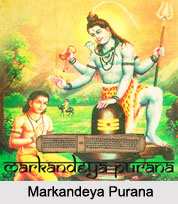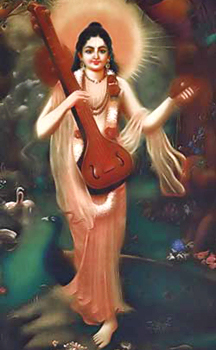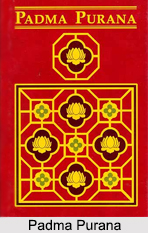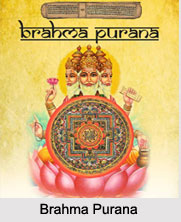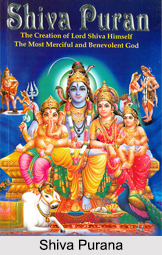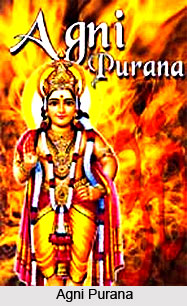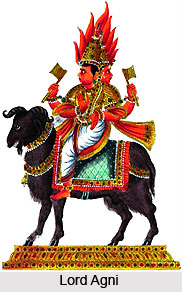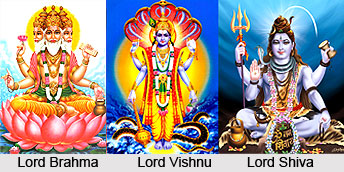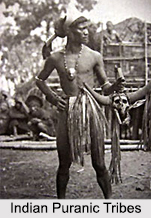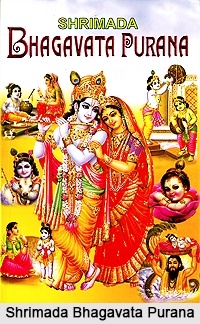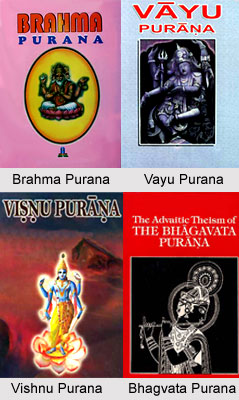Legend of Rishyasringa is an instructive story found in the Mahabharata. Rishyasringa was born miraculously of an antelope with the horns of a deer on his forehead. He is the son of Rishi Vibhandak, descendent of Kashyapa. Another legend has it that Rishyasringa is the son of celestial nymph Menaka. Rishi Vibhandak, Rishyasringa`s father was enticed by the celestial dancer Menaka by order of Lord Indra, the king of gods. Lord Indra was frightened and afraid of the meditative powers gained out of penance by the Rishi Vibhandak. The power could prove fatal to the very existence of heavenly world. With the union of Vibhandak and Menaka, Rishyasringa was born. Immediately after the child`s birth Menaka left the little boy, her husband and went back to heaven. After this incident Rishi Vibhandak hated the women folk. Rishyasringa was thus brought up in the forest with his father and saw no other human being. He never saw any women, and was not told of their existence.
Rishyasringa had magical and miraculous powers. He grows up in a hermitage in a forest, without ever having seen any person besides his father. Above all, he has never seen a woman. Now there was once a great drought in the kingdom Anga ruled by King Lomapada, and the sages made the declaration that the gods were angry, and it would rain only if the king succeeded in bringing Rishyasringa into his country.
The king`s daughter Santa undertakes the task of enticing the young saint into the land. A floating hermitage is constructed of artificial trees and shrubs and in this Santa sails to the dwelling place of Rishyasringa. Arriving in the vicinity of the forest hermitage, the king`s daughter steps ashore and takes advantage of the absence of the father of Rishyasringain order to approach the youthful ascetic. Thereupon the maiden returns to the ship as the father of Rishyasringa approaches the hermitage. The old man notices the excitement of his son, and asks him what has happened. The latter then describes his adventure with the beautiful youth and his rapture at meeting him, in glowing terms and says that he would willingly practise the same ascetic discipline as the youth, for he yearns to see him again. But the father warns him that these are evil demons (rakshasas) who go about in that shape to disturb the asceticism of pious men.
But no sooner has the father departed again, than Rishyasringa goes in search of his young friend. Soon he finds beautiful Santa is enticed by her into the floating hermitage and is carried away into Lomapada`s kingdom. The moment the young saint enters the land, rain begins to fall in torrents. The king makes him his son-in-law after he has conciliated the old father by means of rich gifts.
The Rishyasringa legend is in the so-called Tirthayatra-section. The Rishi Lomasa who has come in order to console the brothers of Arjuna, makes a pilgrimage with them. At every sacred place (Tirtha) which they visit, the rishi relates a story referring to that place.
It may be mentioned here that various versions of this legend may be found in other Indian works of literature, especially in the Ramayana, in the Padma Purana and in the Buddhist Jataka book.

